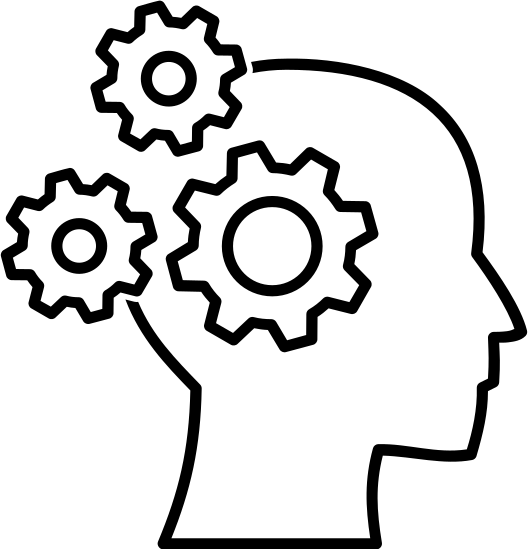9.1 Types of data
To interpret and work with data you need to understand the different kinds of data. Certain statistical measurements can only be applied to specific data types. Broadly, data can be classified as qualitative (categorical) or quantitative (numerical) and within each of these types there are separate subgroups.

Qualitative (categorical) data
Qualitative data includes such things as survey data. This kind of data can be further classified as nominal and ordinal. Nominal data are just labels and have no order; that is, if you assemble nominal data as a list you would not change the meaning of the values. Examples of nominal data could be patient ethnicity, country of origin or blood type. A further subtype of nominal data is binary data where the value can be one thing or another such as biological sex. Ordinal data on the other hand has a hierarchy and could include variables such as satisfaction ratings, socio-economic status, or perception of pain on a categorial scale.
Quantitative (numerical) data
Quantitative data involves numbers and can be grouped into discrete or continuous data. Discrete data can be counted, like heart rate in beats per minute or number of patients in a clinical trial. Continuous data is measured rather than counted. A characteristic of continuous data is that it can be divided (at least in theory) into infinitely finer parts. Examples of continuous data could be patient weight or serum sodium concentration.


